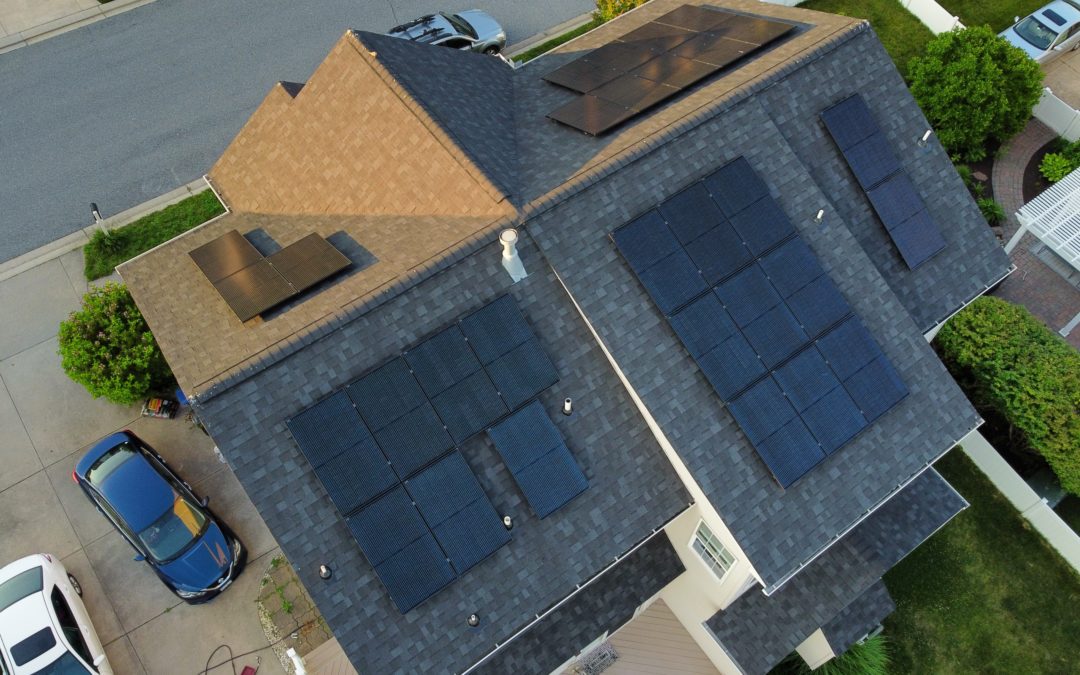As the world grapples with the challenges of climate change, states across the United States are implementing ambitious renewable energy goals to reduce greenhouse gas emissions and transition to a cleaner and more sustainable future. Maryland, Virginia, and Pennsylvania have emerged as regional leaders in renewable energy adoption, with Solar Renewable Energy Credits (SRECs) playing a crucial role in driving solar development. In this article, we will delve into the significance of SRECs in these states and explore how they contribute to the increasing demand for renewable energy.
Maryland: A Renewable Energy Pioneer:
Maryland has established itself as a frontrunner in renewable energy with a mandate to source 50% of its electricity from renewable sources by 2030. To achieve this target, the state’s Renewable Portfolio Standard (RPS) requires electricity suppliers to obtain a specific percentage of their power from renewable sources, including solar energy. SRECs provide a mechanism for tracking and incentivizing solar energy production in Maryland. For every megawatt-hour of solar electricity generated, solar system owners earn one SREC. These SRECs can be sold on the market to utilities and other entities to fulfill their RPS obligations. As the demand for clean energy increases to meet the state’s ambitious goals, the value of SRECs is expected to rise, encouraging further investment in solar projects.
Virginia: Aiming for 100% Renewable Energy by 2045:
Virginia has made significant strides in embracing renewable energy and has set a target of 100% carbon-free electricity by 2045. The Clean Economy Act, passed in 2020, established a mandatory Renewable Portfolio Standard for the state, which includes provisions for solar energy. Under this framework, utilities are required to procure a certain percentage of their electricity from renewable sources, including solar. SRECs play a crucial role in enabling utilities to meet these obligations. As solar system owners generate solar energy, they earn SRECs, which can then be sold to utilities to help them achieve their RPS targets. With the increasing demand for renewable energy, the value of SRECs is anticipated to rise, incentivizing more solar installations and fostering a robust solar market in Virginia.
Pennsylvania: Harnessing Solar Energy Growth:
Pennsylvania has also been proactive in encouraging renewable energy adoption. Although the state does not have a specific renewable energy mandate, it has established Alternative Energy Portfolio Standards (AEPS) that require utilities to source a percentage of their energy from alternative sources, including solar power. SRECs serve as a valuable tool in meeting these standards. Solar system owners in Pennsylvania generate SRECs for every megawatt-hour of solar energy produced, which can be sold to utilities and other market participants. The value of SRECs in Pennsylvania is influenced by the increasing demand for renewable energy, particularly as more customers seek cleaner and sustainable electricity options.
The Rising Value of SRECs:
As the demand for renewable energy grows in Maryland, Virginia, and Pennsylvania, the value of SRECs has been on an upward trajectory. This increase can be attributed to the limited supply of SRECs in relation to the rising demand on the grid. As utilities strive to meet their renewable energy targets, they require an increasing number of SRECs. Consequently, solar system owners who generate SRECs can command higher prices when selling them in the market. This trend not only incentivizes more solar installations but also provides a financial benefit for system owners, making renewable energy investments more attractive.
Conclusion:
Maryland, Virginia, and Pennsylvania are committed to transitioning to a more sustainable energy future, and SRECs have emerged as key instruments in driving solar energy adoption. These states’ renewable energy mandates,

